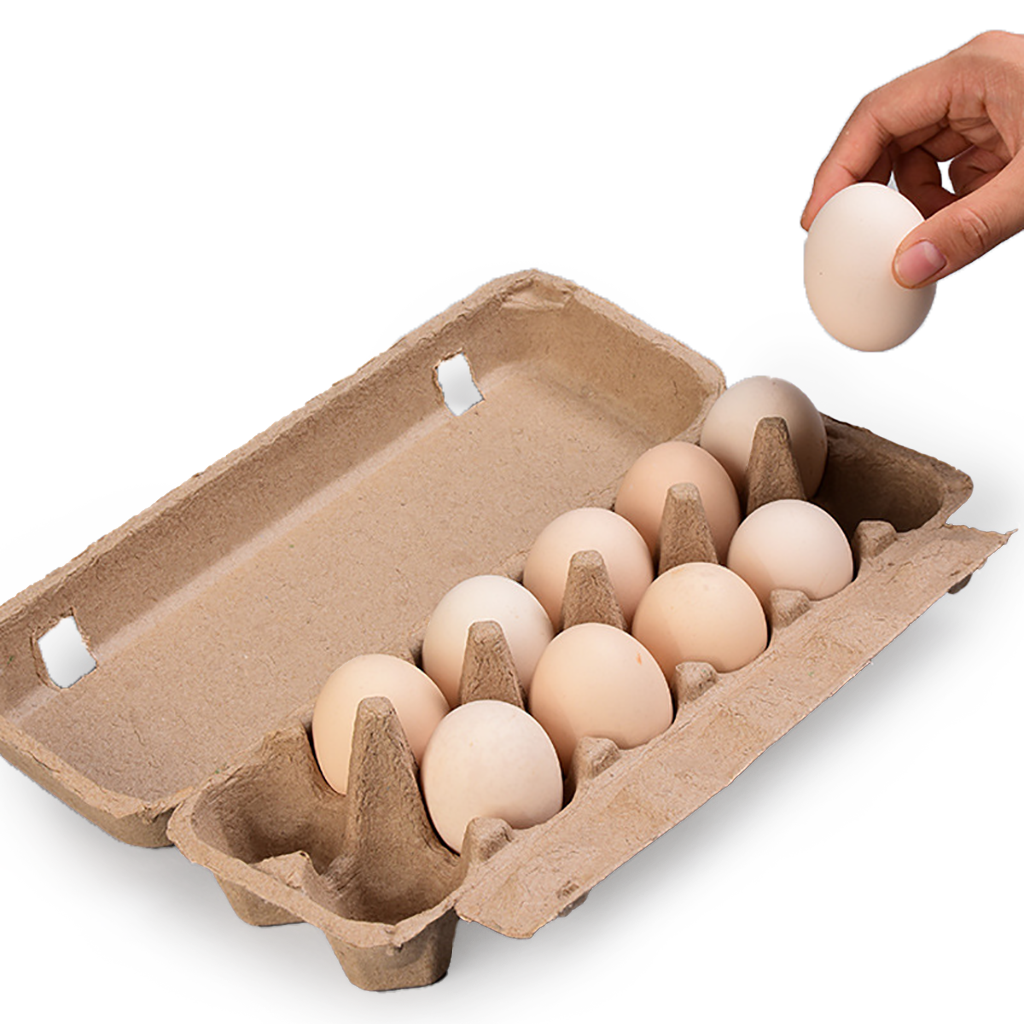The history of molded pulp egg trays can be traced back to the early 20th century. The first molded pulp egg trays were made from paper pulp and were used as a way to safely transport eggs from the farm to the market. The early egg trays were simple in design and were made using basic molding techniques, such as pressing the paper pulp into a mold and allowing it to dry.

Over time, molded pulp egg trays have evolved and improved, with advances in molding technology and the development of new materials and additives that have improved the strength, durability, and overall performance of the trays.
In the 1950s and 1960s, molded pulp egg trays became more widespread and were adopted by a wider range of industries, including agriculture, poultry farming, and food packaging. This growth was driven by increased demand for high-quality, cost-effective egg packaging solutions, and the development of more advanced molding techniques and equipment that allowed for the mass production of molded pulp egg trays.
Today, molded pulp egg trays are used all over the world and are an essential part of the egg packaging industry. They are made from a variety of materials, including paper pulp, recycled paper, and biodegradable materials, and are designed to meet the specific requirements of different types of eggs, including chicken eggs, quail eggs, and duck eggs.
The molded pulp egg tray is an environmentally friendly and sustainable alternative to traditional egg packaging materials, such as plastic and Styrofoam, and has become an important part of the movement towards more sustainable and eco-friendly packaging solutions.
